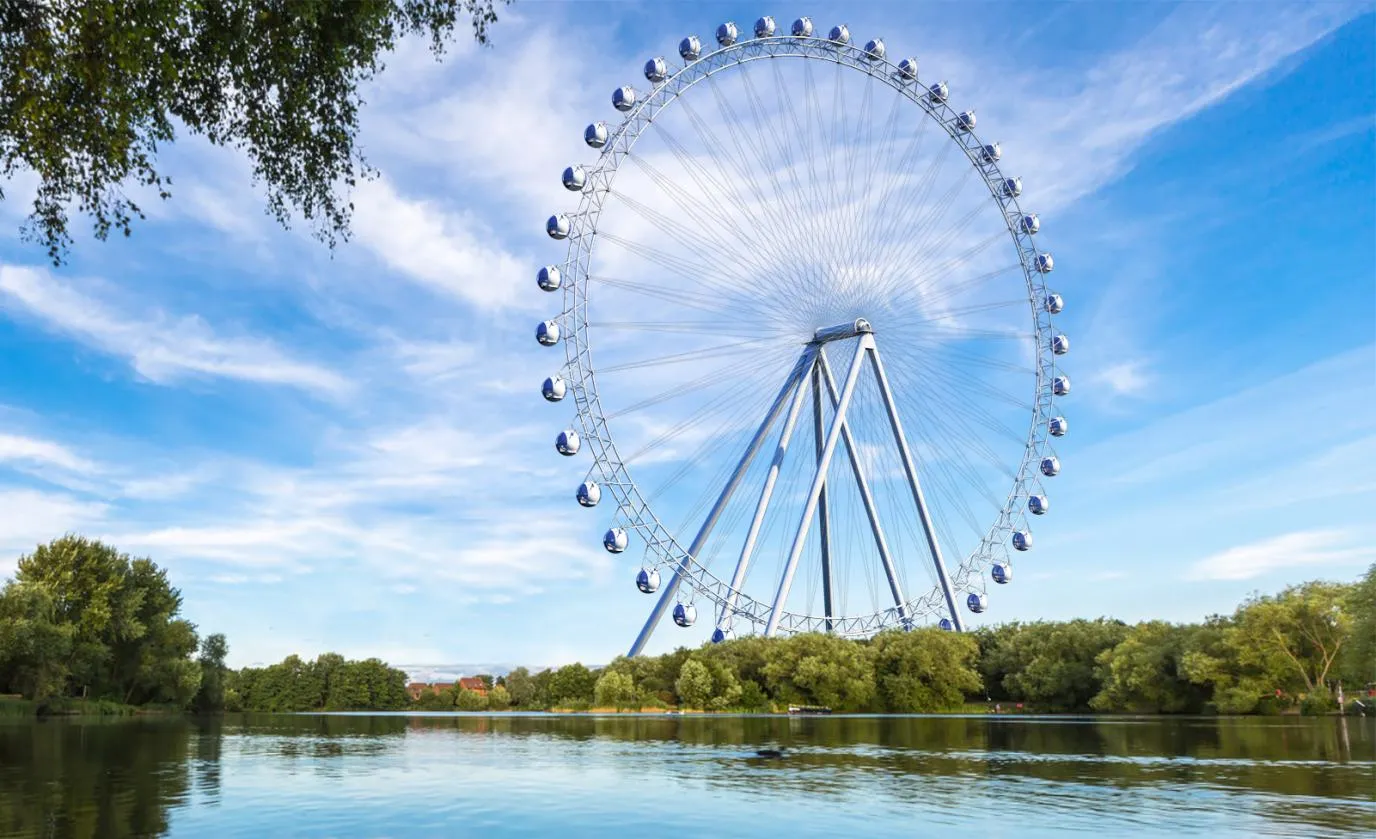The Invention and Evolution of Amusement Park Roller Coasters Through History
The Thrilling Journey of the First Roller Coaster
The roller coaster is often regarded as a quintessential part of amusement parks around the world, embodying the thrill of speed, height, and gravity-defying loops
. But have you ever wondered where it all began? Let’s take a ride through history and explore the origins of the first roller coaster, which paved the way for the exhilarating experiences we enjoy today.The earliest precursor to the modern roller coaster can be traced back to the 17th century in Russia. The concept initially involved ice slides called snow coasters, which were constructed on hillsides, where wooden sleds would slide down these icy ramps. These structures were simple yet provided thrilling experiences for those brave enough to take the plunge down the slippery slopes.
The transition from snowy hills to permanent attractions came in the early 1800s when a unique invention took shape in France. In 1817, a Parisian inventor named Ferdinand de Lesseps designed a wooden structure called Les Montagnes Russes, translating to Russian mountains. This design featured a series of dips and rises, and it was built on a rail system. The ride gained immense popularity and marked the beginning of what we now recognize as roller coasters.
However, the first official roller coaster as we know it today emerged in the United States. In 1884, LaMarcus Adna Thompson constructed The Switchback Railway at Coney Island, New York. It was a humble creation, comprised of two inclined tracks with a gentle slope and a few small turns. The ride was short, consisting of a mere 600 feet, but it was revolutionary, drawing crowds eager for a thrill. Passengers would sit in small wooden cars and experience gravity as they descended the hills.
the first roller coaster

Thompson's design sparked a roller coaster boom in America, leading to the construction of more elaborate coasters throughout the late 19th and early 20th centuries. By the early 1900s, the iconic Cyclone, also at Coney Island, was built, featuring steep drops and tight turns that demanded courage and sent adrenaline rushing. This era also saw the advent of electric-powered roller coasters, introducing greater speed and complexity to designs.
As engineering techniques advanced, roller coasters evolved dramatically. The post-World War II era brought forth the invention of tubular steel tracks, allowing for smoother rides and the capability to create loops. The first coaster to feature a loop, called the Loop the Loop, opened in 1901, paving the way for even more thrilling designs.
Today, roller coasters have become engineering marvels, pushing the limits of design and technology. From the towering heights of Kingda Ka in New Jersey, which reaches 456 feet, to the inverted twists of the Bat at Kings Island, roller coasters now offer a diverse range of experiences to thrill-seekers. Virtual reality technology has also been integrated into rides, taking the experience to a whole new level.
In conclusion, the journey of the first roller coaster from icy slides to modern engineering feats demonstrates humanity's innate desire for adventure and excitement. Each twist, turn, and drop tells a story of creativity, risk-taking, and progression. So the next time you buckle into a roller coaster car and feel that exhilarating rush, remember the roots of this thrilling invention and the daring pioneers who first brought the joy of roller coaster rides to life.
-
Top Amusement Equipment Manufacturer Rock n Roller Coaster & Carousel ManufacturerJun.10,2025
-
World's Scariest Roller Coaster Experience Ultimate Thrill & HeightJun.10,2025
-
Ultimate Thrill Ride Roller Coaster High-Speed, Safe AdventureMay.30,2025
-
Carousel Mansfield Rides Premium Indoor & Event SolutionsMay.30,2025
-
T3 Roller Coaster High-Thrill, Safe Ride for Theme Parks & ResortsMay.30,2025
-
Roller Coaster Cart Design Custom-Built & High-Safety Thrill Ride VehiclesMay.30,2025
